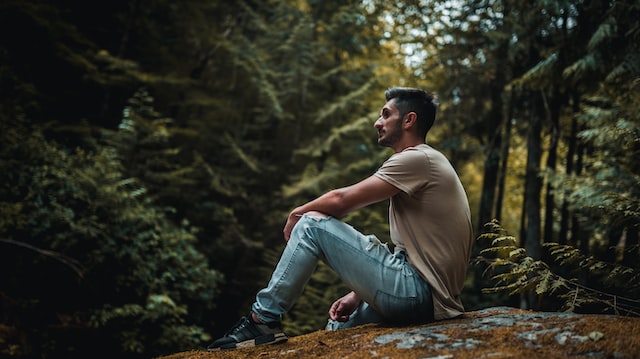Calmness: Definition, Quotes, Meditations, & MoreWhat is calmness? Learn what calmness is and ways that you can simply and effectively achieve calmness in your life.
But what exactly is calmness? And perhaps more importantly, what are some things that you can do to bring more calmness into your life? In this article, we’ll define what calmness is and then get right into some ways that you may be able to increase the calmness that you feel. We’ll review simple, straightforward, and research-supported ways that you can increase your own feelings of calmness.
Before reading on, if you're a therapist, coach, or wellness entrepreneur, be sure to grab our free Wellness Business Growth eBook to get expert tips and free resources that will help you grow your business exponentially. Are You a Therapist, Coach, or Wellness Entrepreneur?
Grab Our Free eBook to Learn How to
|
Are You a Therapist, Coach, or Wellness Entrepreneur?
Grab Our Free eBook to Learn How to Grow Your Wellness Business Fast! |
Terms, Privacy & Affiliate Disclosure | Contact | FAQs
* The Berkeley Well-Being Institute. LLC is not affiliated with UC Berkeley.
Copyright © 2024, The Berkeley Well-Being Institute, LLC
* The Berkeley Well-Being Institute. LLC is not affiliated with UC Berkeley.
Copyright © 2024, The Berkeley Well-Being Institute, LLC




